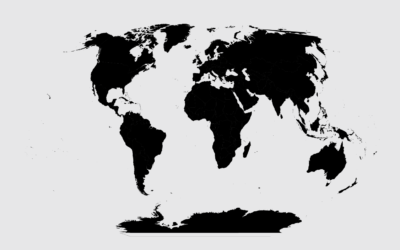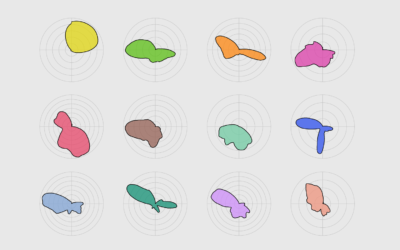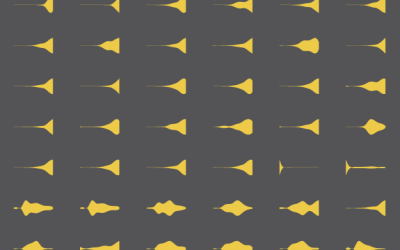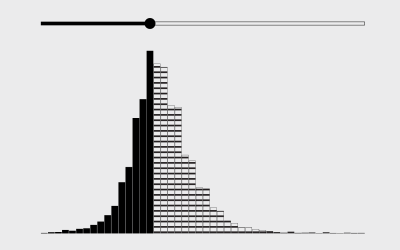How to Map Geographic Paths in R
As people and things move through a place, it can be useful to see their connected paths instead of just individual points.
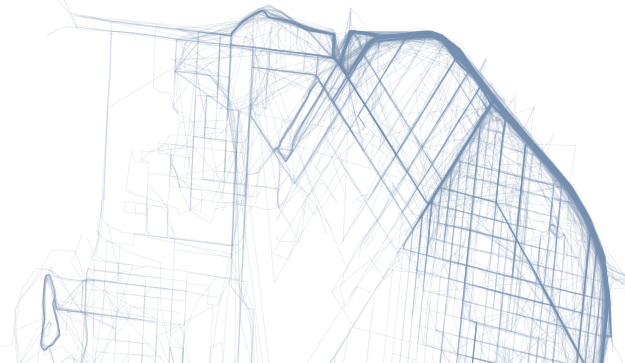
With the plethora of mobile apps to track your location and activities, such as OpenPaths and Moves, or the fitness-specific Endomondo, MapMyRun, and RunKeeper, many of us have a personal data source of where we are and how we got there. However, most of the maps available on these services only show a bunch of markers or only one path at once. It can be fun and useful to see more of the data at once.
To access this full tutorial, you must be a member. (If you are already a member, log in here.)
Get instant access to this tutorial and hundreds more, plus courses, guides, and additional resources.
Membership
You will get unlimited access to step-by-step visualization courses and tutorials for insight and presentation — all while supporting an independent site. Files and data are included so that you can more easily apply what you learn in your own work.
Learn to make great charts that are beautiful and useful.
Members also receive a weekly newsletter, The Process. Keep up-to-date on visualization tools, the rules, and the guidelines and how they all work together in practice.
See samples of everything you gain access to:

